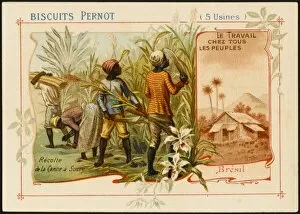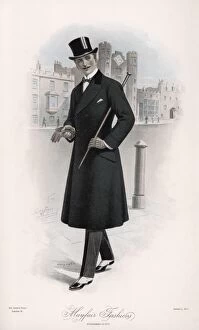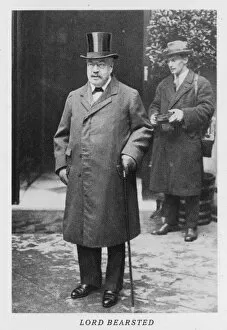Cane Collection (page 55)
"Cane: A Timeless Symbol of Power, Healing, and Style" From biblical times to the 17th century plague doctors, the cane has played a significant role in history
All Professionally Made to Order for Quick Shipping
"Cane: A Timeless Symbol of Power, Healing, and Style" From biblical times to the 17th century plague doctors, the cane has played a significant role in history. Just like Jesus healing the sick with his miraculous touch, the cane has been a source of support and aid for those in need. In artworks from different eras, such as Jeremy Brett's portrayal of Sherlock Holmes or Charlie Chaplin's iconic comedic performances, we see how canes have become synonymous with characters who exude confidence and intelligence. Not limited to fictional characters alone, historical figures like Hercule Poirot and Frederick the Great of Prussia were often depicted holding their trusty canes. These elegant accessories not only added an air of sophistication but also served practical purposes. The cast iron Victorian walking stick stand stands as a testament to how canes were cherished possessions that deserved proper display. They were more than just tools; they became symbols of status and refinement. For old sea dogs navigating treacherous waters or gentlemen strolling through city streets, canes provided stability on uncertain terrain. Even Winston Churchill himself was captured in a portrait photograph proudly gripping his cane—a symbol of resilience during challenging times. But it wasn't just men who embraced this fashion statement; women too found empowerment through their stylish canes. In silhouette paintings depicting barmaids serving customers at pubs or during Whitsun walks in Abertillery, South Wales – these ladies wielded their canes with grace and charm. Whether used for medical support or as an accessory reflecting one's personality and taste, the cane remains an enduring symbol throughout history. It represents strength in times of weakness while adding elegance to any ensemble—truly embodying both function and fashion across generations.



















